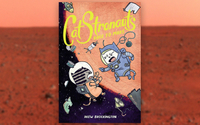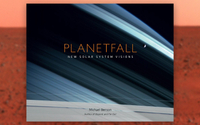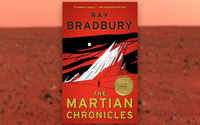The Best Mars Books for Red Planet Fans
"CatStronauts: Race to Mars"
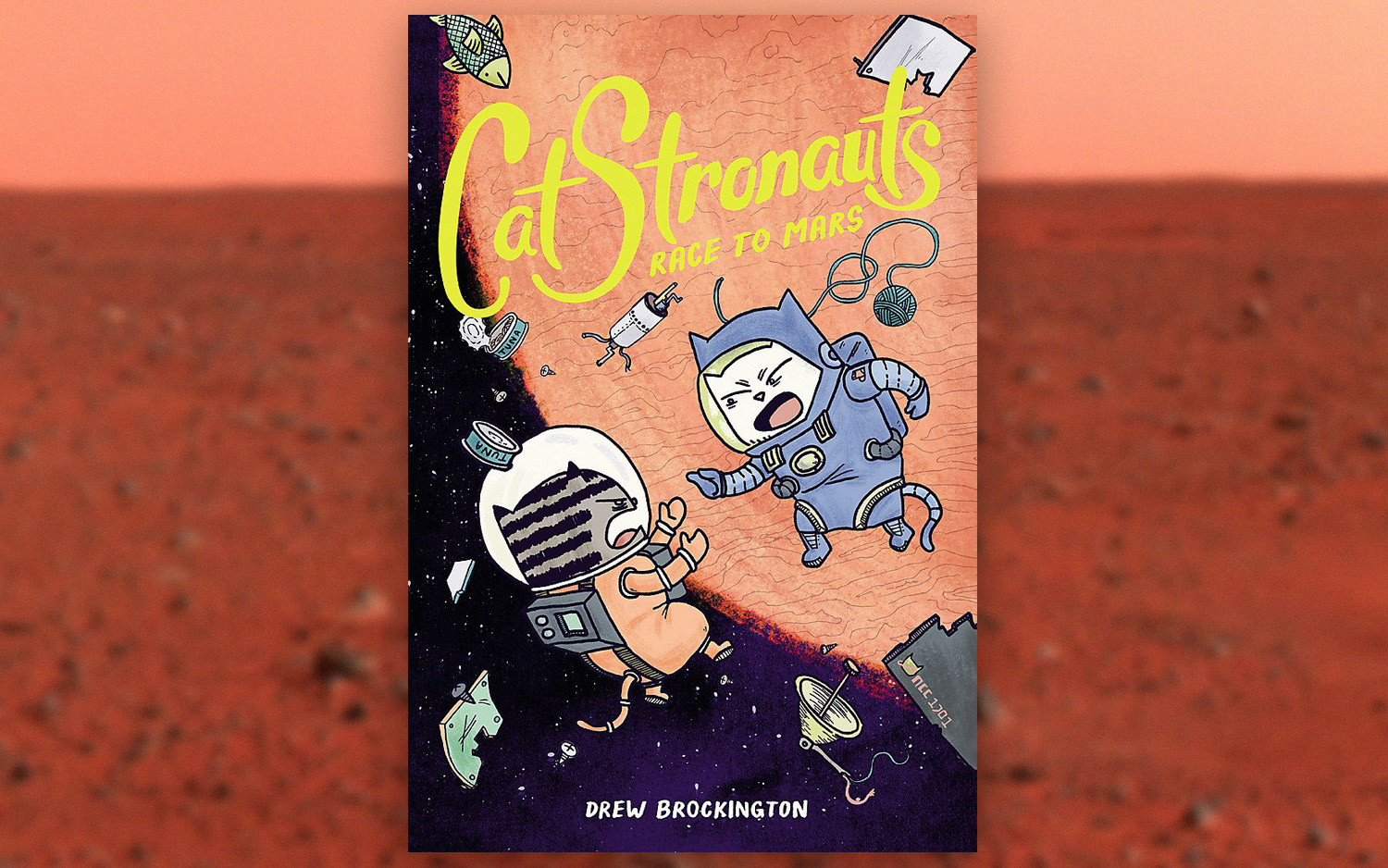
Blast off on a space adventure with the most adorable space travelers in the cosmos: the CatStronauts!
The graphic novel series by Drew Brockington tells the story of some incredible spacefaring felines — Major Meowser, Pom Pom, Blanket and Waffles — as they venture to the moon, Mars and beyond.
In "Mission Moon," the gang solves a global energy crisis by building a solar power plant on the moon. In the second book, "Race to Mars," they blast off again in an attempt to beat the CosmoCats to the Red Planet. (Space.com spoke with Drew Brockington about his CatStronauts books here. Check out excerpts from "Mission Moon" here.)
"Planetfall: New Solar System Visions"
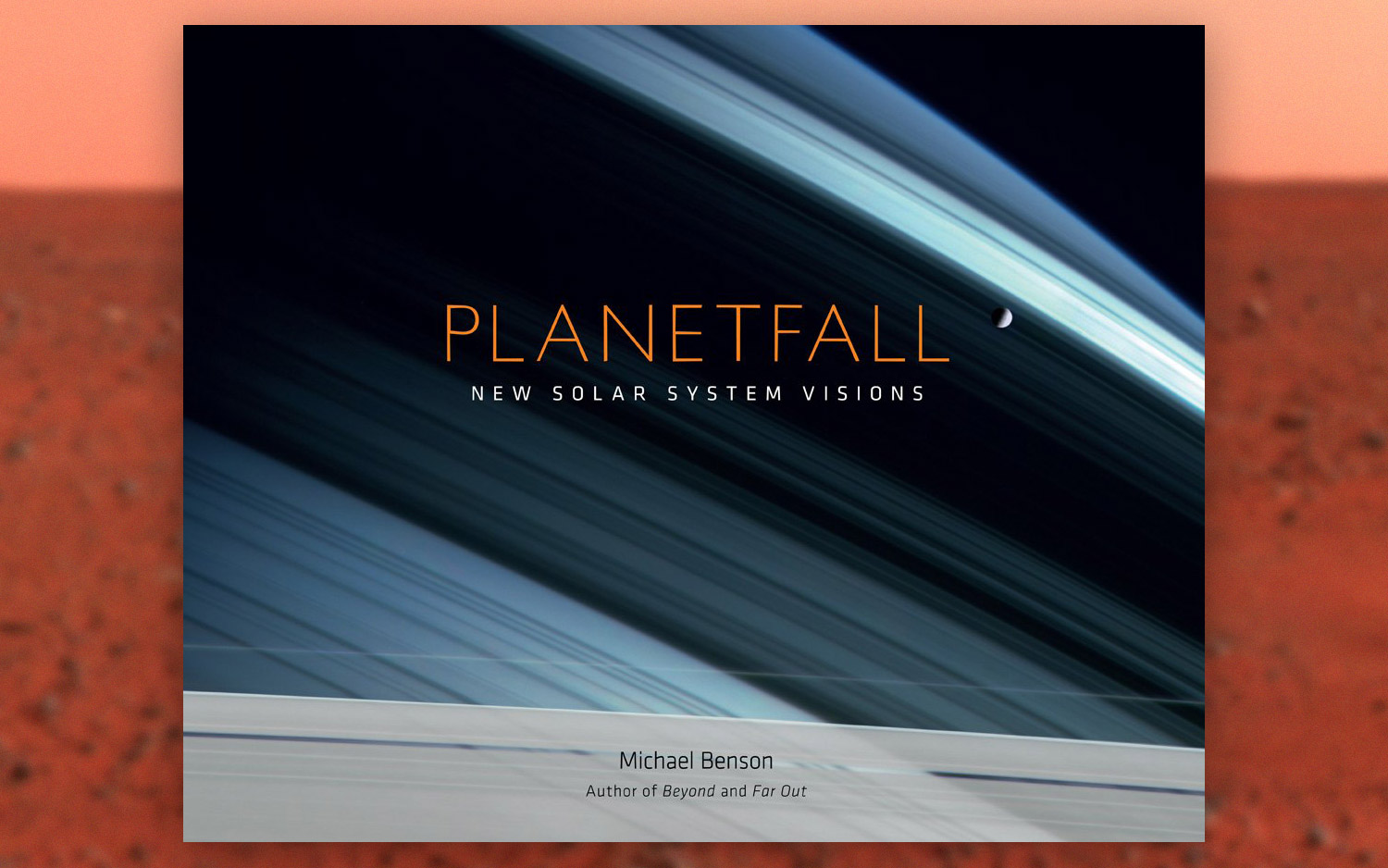
"Planetfall: New Solar system Visions" (Abrams, 2012) by Michael Benson is an oversized tome filled with page after page of alien landscapes — its pages tour Earth, the moon, the sun, Mars, Jupiter, Saturn and the asteroids and comets that inhabit our solar system. Author Michael Benson, who published two previous books of celestial images, created the images by processing raw spacecraft data to reproduce what the human eye would see from each viewpoint in space.
The book is a celebration of the robotic probes and astronaut photographers that have set out to explore the solar system, and the enormous images put the viewer right among the dunes of Mars, on the moon with Earth peeking over the horizon and alongside a tiny, steam-ejecting moon among the rings of Saturn. And as alien as those vistas look, it's surprisingly easy to feel like you're standing right there. (Read a Q&A with the author here.)
"The Martian Chronicles"
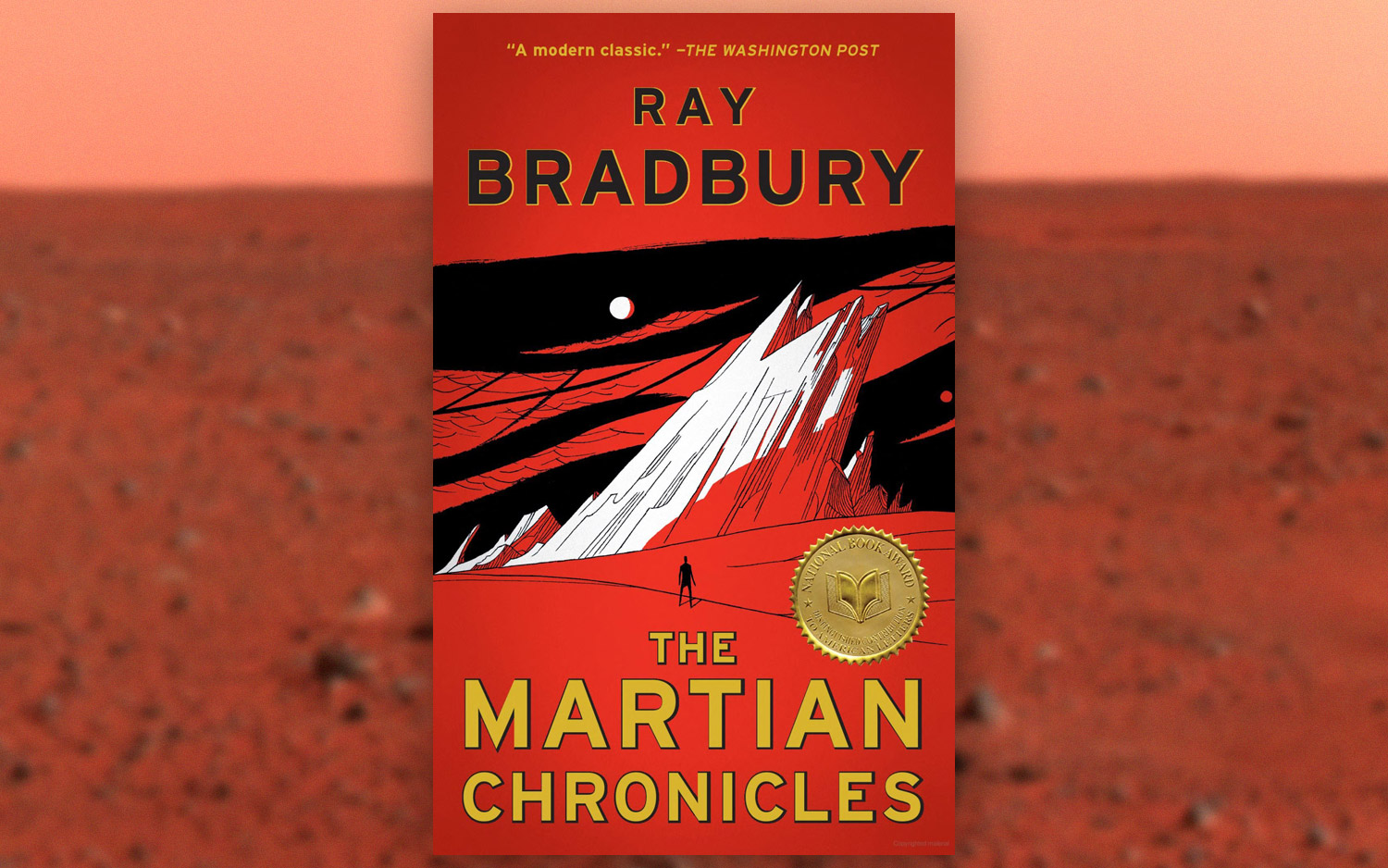
In case you haven't heard of him, Ray Bradbury is an icon of science fiction writing. In "The Martian Chronicles" (Doubleday, 1951), Bradbury explores the gradual human settlement of the Red Planet through a series of lightly connected stories.
Bradbury paints the Martian landscape and its inhabitants with masterstrokes, but equally strong is his portrayal of the psychological dangers that await the human settlers who arrive there.
This, as well as the space-themed stories in Bradbury's other classic collection "The Illustrated Man," struck a chord with me when I was young and dreamed about traveling to the stars. Reading his work today, it is amazing to see that although Bradbury writes from a time when human space travel hadn't yet begun (the book was first published in 1950), the issues and questions his stories raise are still relevant as humanity takes its first steps into that great frontier.
Join our Space Forums to keep talking space on the latest missions, night sky and more! And if you have a news tip, correction or comment, let us know at: community@space.com.
Get the Space.com Newsletter
Breaking space news, the latest updates on rocket launches, skywatching events and more!

Space.com is the premier source of space exploration, innovation and astronomy news, chronicling (and celebrating) humanity's ongoing expansion across the final frontier. Originally founded in 1999, Space.com is, and always has been, the passion of writers and editors who are space fans and also trained journalists. Our current news team consists of Editor-in-Chief Tariq Malik; Editor Hanneke Weitering, Senior Space Writer Mike Wall; Senior Writer Meghan Bartels; Senior Writer Chelsea Gohd, Senior Writer Tereza Pultarova and Staff Writer Alexander Cox, focusing on e-commerce. Senior Producer Steve Spaleta oversees our space videos, with Diana Whitcroft as our Social Media Editor.
